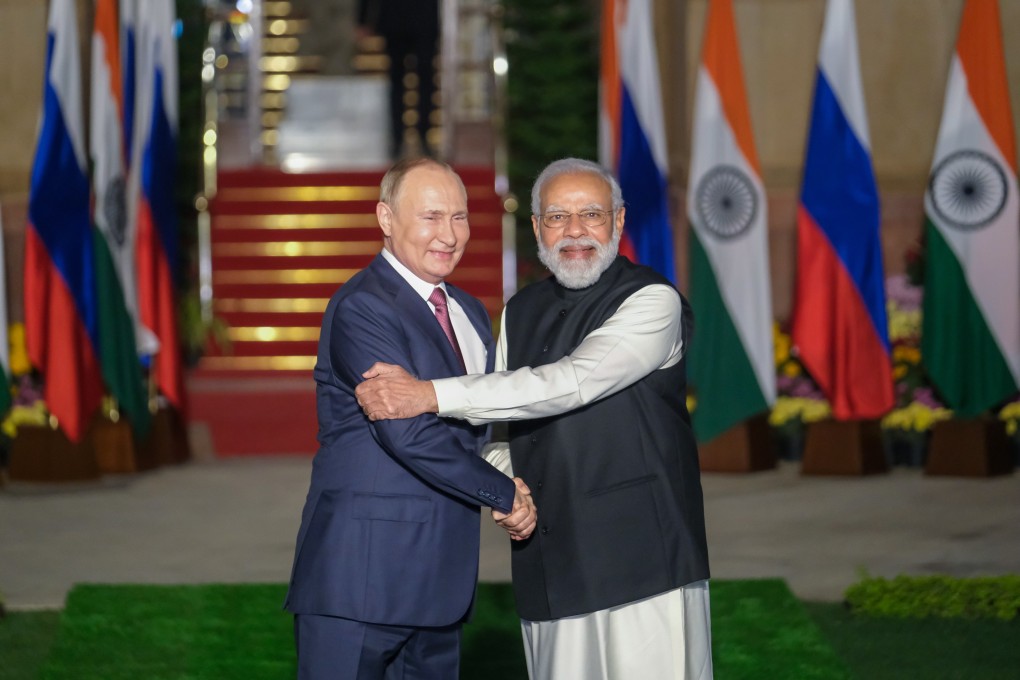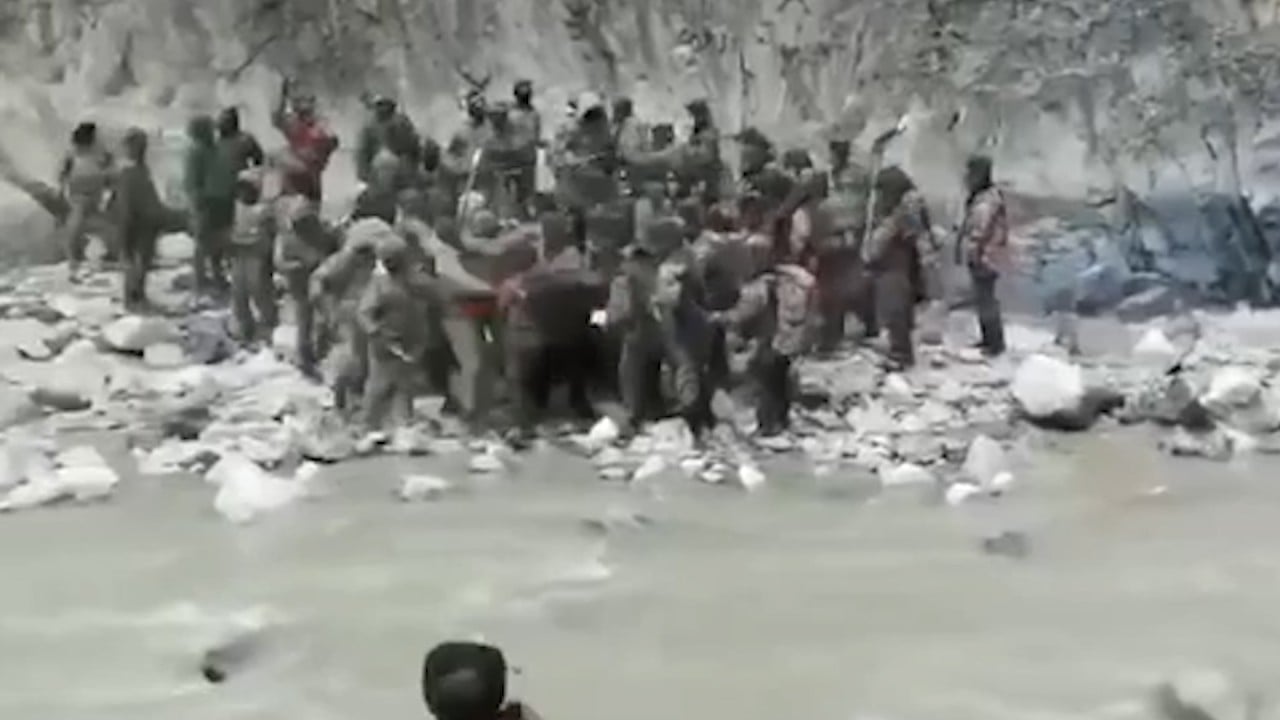Advertisement
Opinion | India, Russia have more than weapons to celebrate after Putin’s state visit
- Despite India’s steady drift into the US orbit, Russia remains a vital relationship for New Delhi as it seeks arms sales and strategic balance
- Agreements on trade, investment and security cooperation in addition to arms deals show the relationship still has room for growth
Reading Time:3 minutes
Why you can trust SCMP

Russian President Vladimir Putin concluded a successful state visit to India last week in conjunction with the first “two-plus-two” dialogue involving the defence and foreign ministers of the two states. The visit was of no trivial significance owing to several compelling reasons.
Advertisement
While still dependent on Russia for weaponry and spare parts for its arsenal, India has sought to diversify its sources of weapons acquisitions in the past two decades. To that end, it has purchased a range of military equipment from the United States and France.
These arms sales have not gone unnoticed in Moscow, even as it has successfully negotiated a US$5.4 billion deal with New Delhi to supply the highly sophisticated S-400 missile defence system. That agreement, despite significant American misgivings, is being finalised. Additionally, the two sides completed another weapons deal involving the manufacture of 600,000 Kalashnikov assault rifles for the Indian Army.
Apart from expanding weapons sales, Putin’s visit was designed to serve another critical diplomatic purpose. Moscow is increasingly concerned about India’s growing interest in forging a strategic partnership with the US and in particular its participation in the Quad, a strategic arrangement involving India, the US, Australia and Japan. The principal, if unstated, goal of the grouping is to counter the growing assertiveness of China in Asia.
The matter of India’s participation in the Quad no doubt figured in the bilateral discussions. However, it is unlikely India will distance itself from the Quad for one very compelling reason. Its relations with China, despite multiple attempts at reconciliation, have dramatically deteriorated since the Doklam crisis of 2017.
Matters have grown worse since the skirmish between Indian Army personnel and People’s Liberation Army forces in the Galwan Valley in the disputed region of Ladakh last year. Both sides have enhanced their vigilance along the disputed Himalayan border since then, bolstering their military capabilities and starting to improve infrastructure along their respective frontiers.

Advertisement

